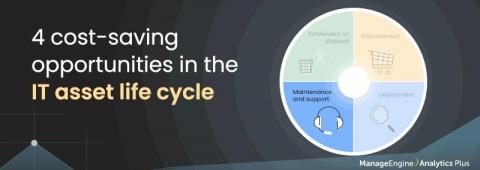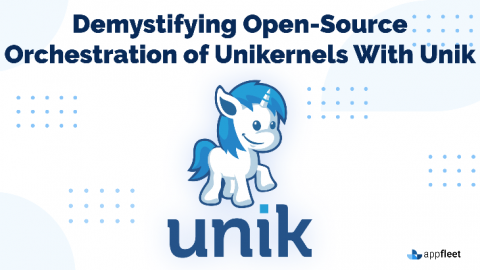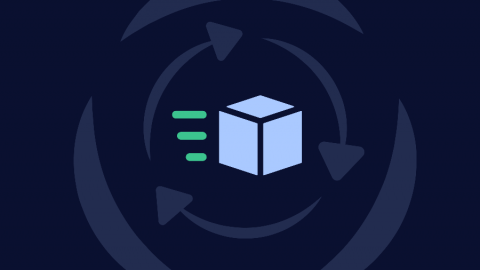How to Fix Common Errors for Beginners in InfluxDB Cloud 2.0
In this post, we’ll review some common InfluxDB Cloud 2.0 errors for beginners. We’ll discuss probable causes as well as recommended fixes. This blog uses the Telegraf System Configuration and data as an example to illustrate the various errors you may encounter. Having some familiarity with this dataset is useful in understanding the issue and the resolution.











